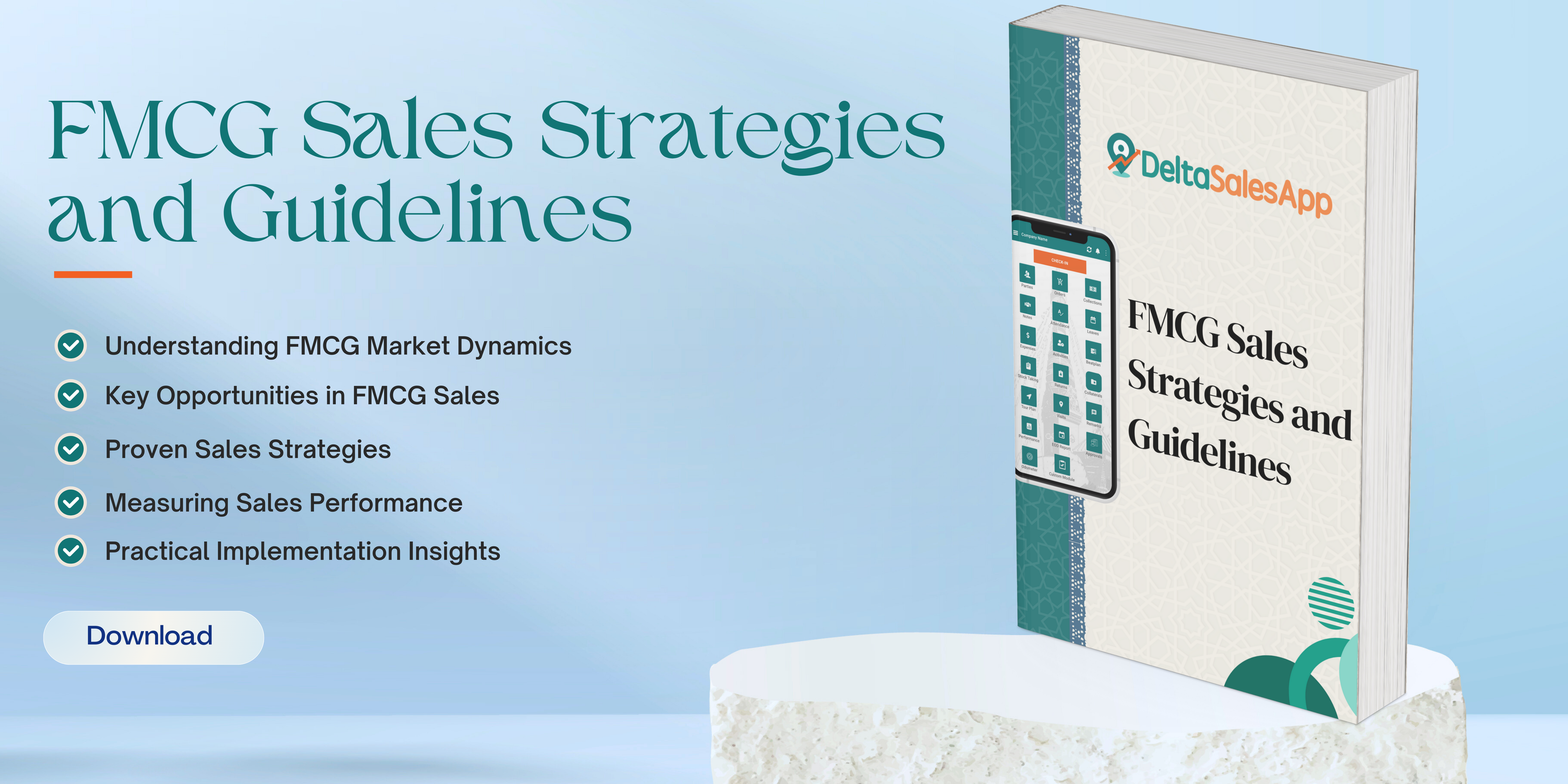POSM (Point of Sale Materials)
What is Point of Sale Materials ?
Point of Sale (POS) materials are essential marketing tools used to influence consumer purchasing decisions at the moment of transaction. These materials are strategically placed near checkout counters or sales points to encourage impulse buying, promote special offers, and reinforce brand messaging. POS materials are commonly found in retail stores, supermarkets, convenience stores, and other sales-driven environments.
Types of POS Materials
POS materials come in various forms, each serving a unique function in the marketing and sales strategy of a business. Some common types include:
Posters and Banners – Large and eye-catching, these materials are used to draw attention to promotions, discounts, or new product launches. They are typically placed on walls, ceilings, or near the checkout area.
Shelf Talkers and Wobblers – Small, attention-grabbing signs attached to shelves that highlight special deals or new arrivals. Wobblers, which are designed to move slightly, add an element of motion that attracts customer attention.
Countertop Displays – These are small displays placed on checkout counters featuring product samples, brochures, or small promotional items to encourage last-minute purchases.
Dump Bins – Large containers filled with discounted or promotional products, positioned in high-traffic areas to entice impulse buyers.
Floor Graphics – Printed graphics placed on store floors to direct customers to specific promotions or product sections.
Digital Screens and Interactive Displays – Modern POS marketing tools that provide dynamic advertisements, product demonstrations, or interactive experiences to engage customers.
Branded Packaging and Bags – Custom-branded shopping bags and packaging materials that enhance brand visibility even after the customer has left the store.
Coupons and Leaflets – Printed promotional materials offering discounts or incentives that encourage repeat purchases.
Importance of POS Materials
The effectiveness of POS materials lies in their ability to influence purchasing behavior. Some of the key benefits include:
Increased Impulse Purchases: POS materials are strategically placed to encourage unplanned buying decisions, boosting sales revenue.
Enhanced Brand Awareness: Visually appealing and strategically designed POS materials reinforce brand recognition and recall.
Promotion of Special Offers: They provide an excellent way to highlight discounts, seasonal promotions, and limited-time deals.
Improved Customer Engagement: Interactive POS displays and well-placed signage can enhance customer experience and interaction with the brand.
Support for New Product Launches: New products can gain instant visibility through POS displays, encouraging trial and adoption.
Designing Effective POS Materials
To maximize the impact of POS materials, businesses should follow key design principles:
Simplicity and Clarity – The message should be concise and easily understandable at a glance.
Bold and Attractive Visuals – Bright colors, high-quality images, and engaging typography help capture customer attention.
Strategic Placement – Positioning materials in high-traffic areas ensures they are noticed and interacted with.
Consistent Branding – POS materials should align with the brand’s identity, using appropriate logos, colors, and messaging.
Call-to-Action (CTA) – Encouraging phrases like “Buy Now,” “Limited Offer,” or “Save Today” help drive immediate action.
Conclusion
Point of Sale (POS) materials play a crucial role in influencing consumer behavior at the last stage of the purchasing process. By effectively utilizing a combination of printed and digital POS materials, businesses can enhance customer engagement, boost sales, and reinforce brand presence. Investing in well-designed and strategically placed POS materials ensures maximum impact, making them a valuable component of any retail marketing strategy.






